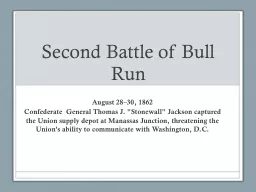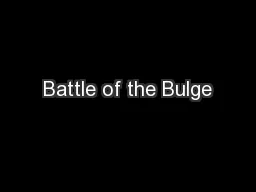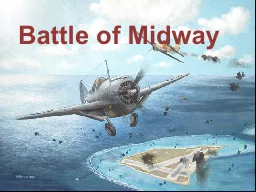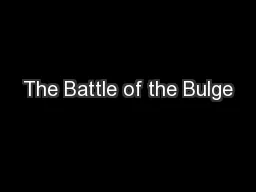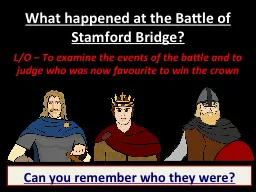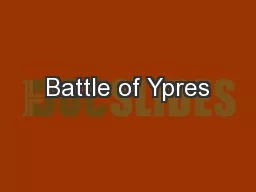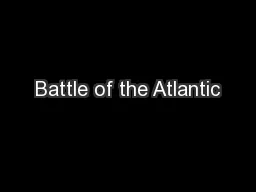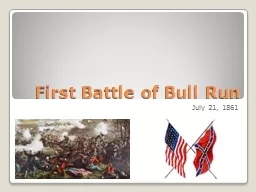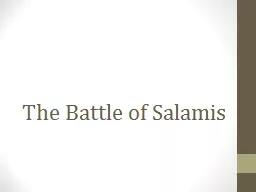PPT-Second Battle
Author : giovanna-bartolotta | Published Date : 2016-09-11
of Bull Run August 2830 1862 Confederate General Thomas J Stonewall Jackson captured the Union supply depot at Manassas Junction threatening the Unions ability
Presentation Embed Code
Download Presentation
Download Presentation The PPT/PDF document "Second Battle" is the property of its rightful owner. Permission is granted to download and print the materials on this website for personal, non-commercial use only, and to display it on your personal computer provided you do not modify the materials and that you retain all copyright notices contained in the materials. By downloading content from our website, you accept the terms of this agreement.
Second Battle: Transcript
Download Rules Of Document
"Second Battle"The content belongs to its owner. You may download and print it for personal use, without modification, and keep all copyright notices. By downloading, you agree to these terms.
Related Documents

